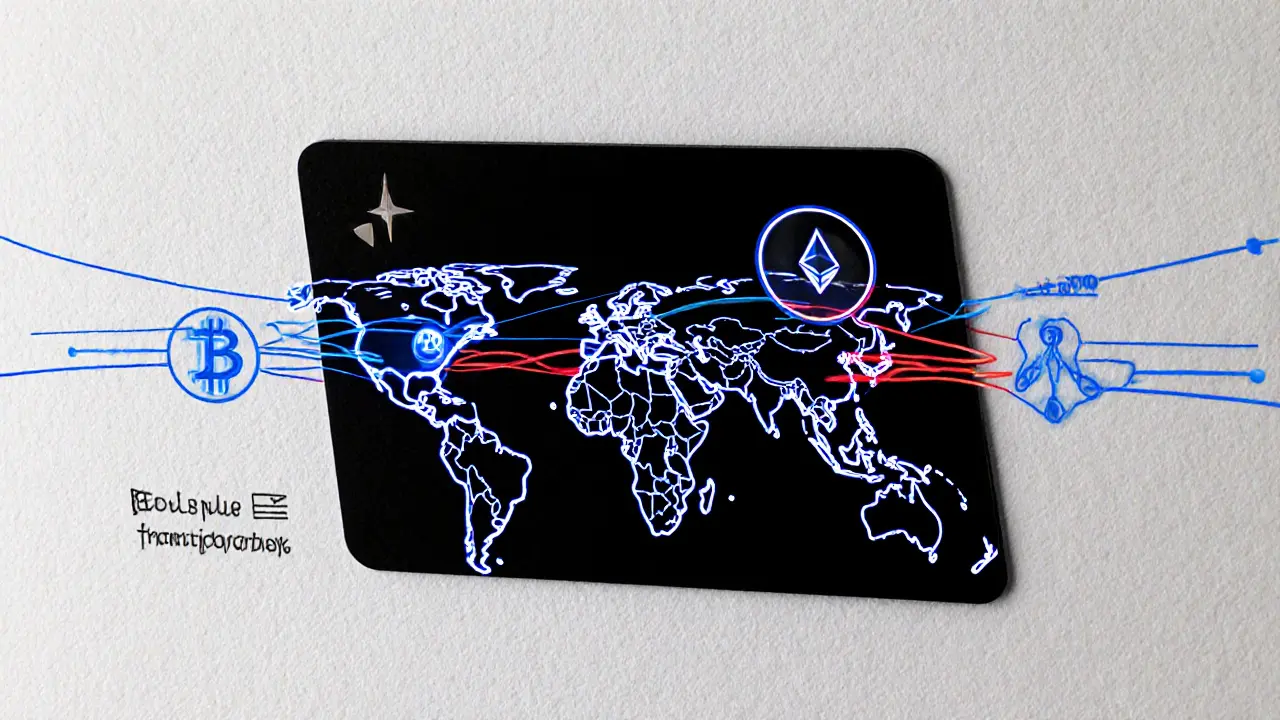Cross-Border Crypto Monitoring: Tracking Global Crypto Flows and Regulatory Risks
When you send crypto across borders, it doesn’t just disappear into thin air—it leaves a trail. cross-border crypto monitoring, the practice of tracking cryptocurrency movements between countries to detect illegal activity, enforce sanctions, and ensure compliance. Also known as global crypto transaction surveillance, it’s become a critical tool for governments and financial institutions trying to keep up with decentralized finance. Unlike traditional banking, where money flows through known institutions, crypto moves through chains, bridges, and mixers, often bypassing oversight. That’s why agencies like FinCEN and the FATF now demand transparency from exchanges—and why hackers, like the Lazarus Group, a North Korean state-sponsored hacking team that steals crypto to fund weapons programs, have turned to cross-chain crypto laundering, the process of moving stolen funds between different blockchains to hide their origin to stay hidden.
It’s not just about crime. Countries like China have outright banned crypto, while Hong Kong and the UAE are building licensing systems to control it. That means crypto regulations, the legal rules governing how crypto can be traded, held, or transferred across borders are now a patchwork of conflicting laws. A user in Ukraine might trade crypto freely, but if they send it to someone in China, they risk violating sanctions. Meanwhile, banks like JPMorgan use blockchain tracing tools to monitor payments, and tax authorities are cracking down on crypto FBAR violations, the failure to report foreign crypto accounts to U.S. financial regulators, with penalties up to $100,000. These aren’t theoretical risks—they’re real, enforced, and growing.
What you’ll find in this collection are real cases of how crypto moves between borders—whether it’s DPRK hackers using decentralized exchanges to launder millions, or everyday users unknowingly triggering compliance alerts by sending tokens to unregulated platforms. You’ll see how exchanges like Asproex and WenX try to stay compliant, how scams like SQUID and BFICGOLD vanish across chains, and why airdrops on Heco Chain are often fake. This isn’t theory. It’s what’s happening now: the race between freedom and control, between innovation and enforcement. If you hold, trade, or send crypto across countries, you need to know how it’s tracked—and how to stay safe.

How International Authorities Are Monitoring Cross-Border Crypto Transactions
International authorities are enforcing strict cross-border crypto monitoring to stop crime and sanctions evasion. Learn how the Travel Rule, FATF standards, and global cooperation are shaping crypto compliance in 2025.
